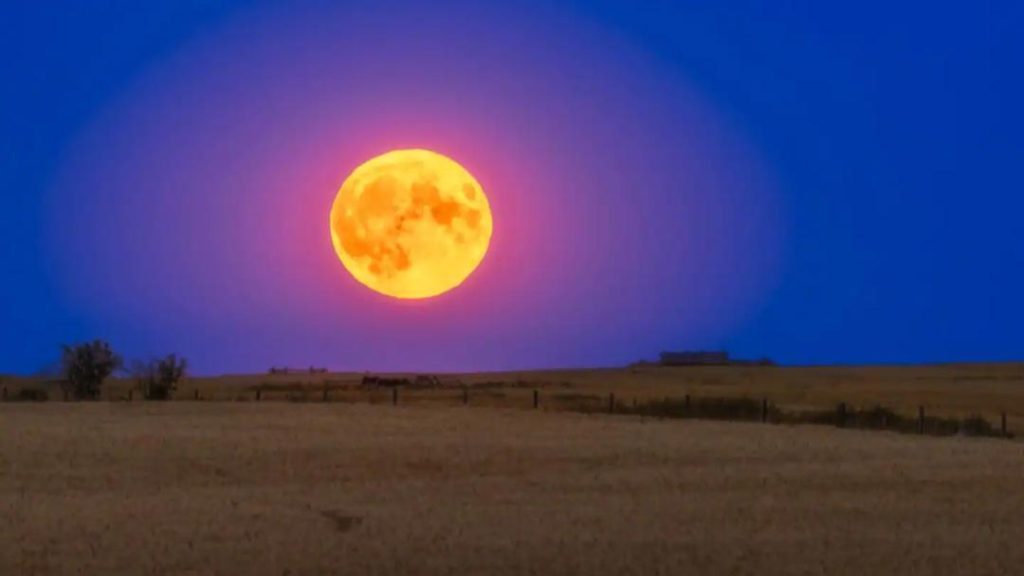
Buck Moon to Light Up Skies on July 10 & 11
The Buck Moon, also known as July’s full moon, is set to illuminate the night sky on July 10 and 11. This lunar event is highly anticipated by stargazers and astronomy enthusiasts around the world. Named by Native American tribes, the Buck Moon marks the time when male deer, or bucks, begin growing new antlers. This phenomenon is a significant event in the natural calendar, and we’re excited to guide you on how to witness this celestial wonder.
When and Where to See the Buck Moon
The Buck Moon will peak at 3:08 am IST on July 11 in India and at 4:38 pm EDT on July 10 in the US. This unique timing allows stargazers to enjoy the spectacle in the evening hours in the Western Hemisphere and in the early morning hours in the Eastern Hemisphere.
What Makes the Buck Moon Special
The Buck Moon is special because it marks the height of summer in the Northern Hemisphere. As the days stretch longer, the full moon appears just as the sun sets in the west. This alignment of the sun, moon, and Earth creates a breathtaking sight, making the Buck Moon a must-see event.
More Celestial Delights
The Buck Moon will be accompanied by other celestial bodies that will add to the excitement. Mars, Venus, and Saturn will be visible in the sky before and after the moon peaks. This rare alignment of multiple planets and the full moon will create a stunning visual display.
How to Witness the Buck Moon
To witness the Buck Moon, find a spot with minimal light pollution and clear skies. Bring binoculars or a telescope to get a closer look at the moon’s surface. If you’re in the Western Hemisphere, try to find a spot with a clear view of the western horizon to watch the moon rise. In the Eastern Hemisphere, watch the moon set in the eastern horizon.
Tips for Photography
If you’re an avid photographer, don’t miss this opportunity to capture the Buck Moon. Here are some tips to help you take stunning photos:
- Use a tripod to stabilize your camera or tripod.
- Set your camera to a low ISO (100-400) and a wide aperture (f/2.8 or lower).
- Use a shutter speed of 1/125th of a second or slower to capture the motion of the clouds.
- Experiment with different angles and compositions to add visual interest.
Conclusion
The Buck Moon is a rare and breathtaking event that brings stargazers together. With its unique timing and alignment with other celestial bodies, this full moon is a must-see event. So, grab your binoculars, find a spot with clear skies, and get ready to witness the Buck Moon in all its glory.
Source:
https://www.newsbytesapp.com/news/science/buck-moon-2025-when-how-to-see-july-s-full-moon/story






